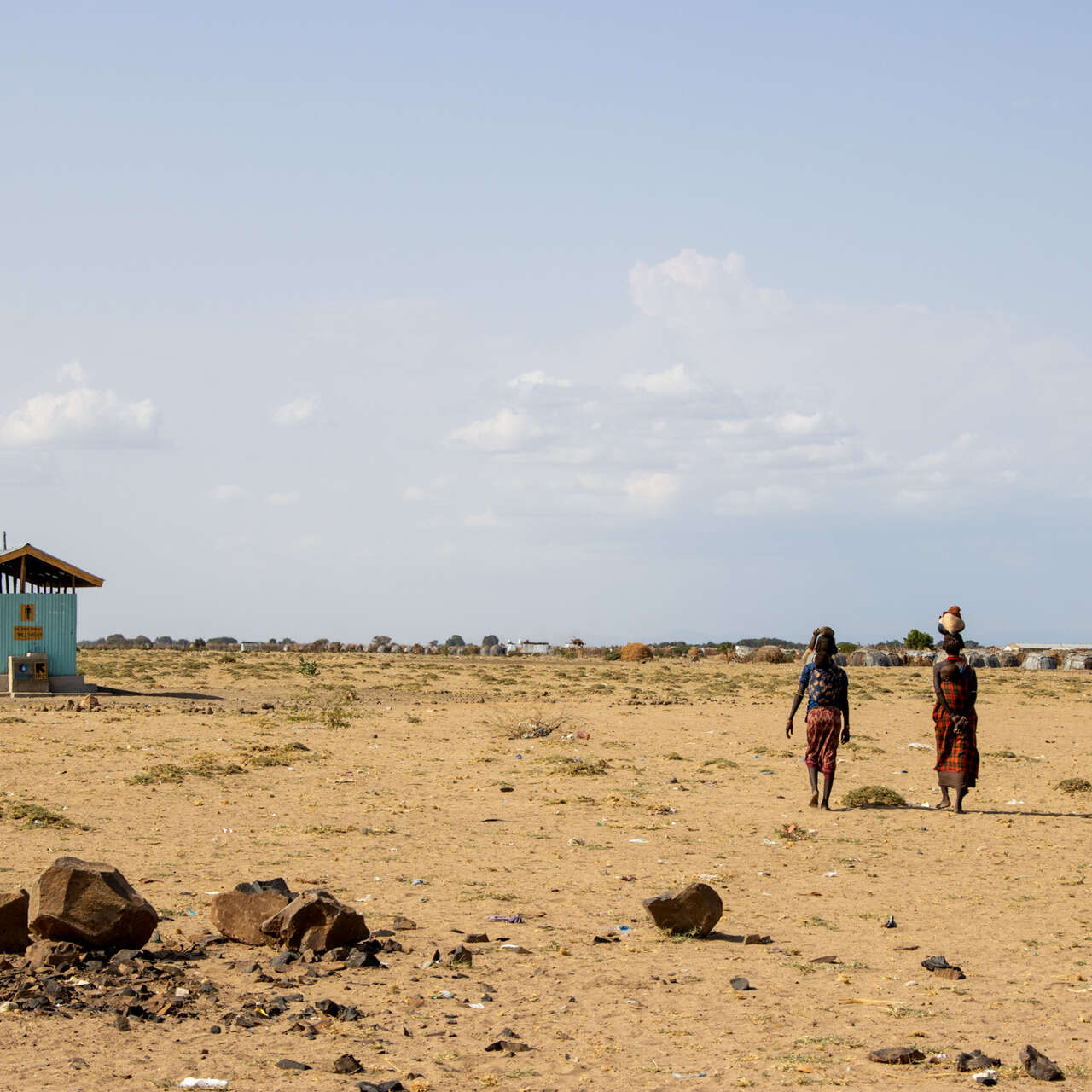
Why do some humanitarian crises go unaddressed?
Debunking 5 myths that prevent world leaders from effectively tackling global crises.

Debunking 5 myths that prevent world leaders from effectively tackling global crises.
The International Rescue Committee publishes an annual Emergency Watchlist that uses a thorough qualitative and quantitative analysis of 190 countries and territories to identify the top 20 countries at the greatest risk of facing a new or worsening humanitarian crisis. In recent years, this report has predicted 85%-95% of the countries facing the worst deterioration and influences the way the IRC responds to the world’s most pressing crises. Learn more here.
The 2024 Emergency Watchlist also identifies a series of myths that have captured the media and policy discourse surrounding these crises. These myths have prevented decision makers in wealthy countries, the UN, regional organizations, and donors, both private and institutional, from taking effective measures to address humanitarian needs worldwide. These myths deflect the responsibility to others, allowing powerful countries and communities with resources to evade their legal, moral and ethical responsibilities towards communities in need.
We must dispel these myths and replace them with facts about the real and proven solutions that effectively break the cycle of crisis.
Humanitarian access is both the ability of humanitarian actors to reach communities affected by crisis, and the ability of those communities to access humanitarian assistance and services. Delivering trucks of supplies is never enough in the absence of relevant, timely, sustained and high quality assistance and protection based on constant monitoring of needs and engagement with communities.
For instance, delivering bags of flour will not be useful if families lack water to make bread or fuel to cook it. A truckload of medicines will not benefit people in a town where airstrikes have destroyed all the hospitals. Therefore, humanitarian access entails more than just delivering supplies. It also involves ensuring that the programming is delivered safely and meets the specific needs of the affected communities.
Humanitarian assistance and protection are complex operations requiring ongoing engagement with communities to understand their needs, monitoring to ensure assistance is delivered correctly and timely, uninterrupted access to supplies and services.
However, when the concept of humanitarian access is reduced to merely the amount of supplies delivered, without considering the quality of services and programming provided by humanitarians, it becomes harder to advocate for meaningful access in areas where the IRC operates such as Burkina Faso, Gaza, and Sudan.
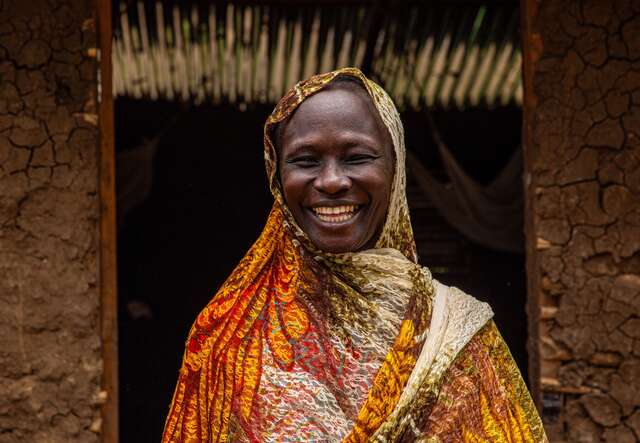
Governments have a responsibility to safeguard the lives of their citizens. As a result, many development organizations depend on partnerships with national governments to implement their projects. However, some national governments are either unwilling or unable to collaborate with international organizations to address the needs of vulnerable communities. This is particularly true in regions under the control of non-state armed groups.
The IRC’s research shows that development projects in multiple Watchlist countries face frequent geographic restrictions, temporary suspensions, or termination, especially in areas controlled or influenced by non-state armed groups. For example, conflict involving nonstate armed groups in Somalia led to restrictions in a water distribution project that aimed to improve water access for 35,000 people.
Alternative solutions include increasing programming through non-governmental organizations, like the IRC. Such approaches are essential for the growing populations worldwide of those who live in areas experiencing conflict or are outside central government control. The number of people living in proximity to conflict has doubled between 2007 and 2020. The IRC remains dedicated to working with partners at local, national and international levels to bring services and humanitarian support to the communities where they are needed most.
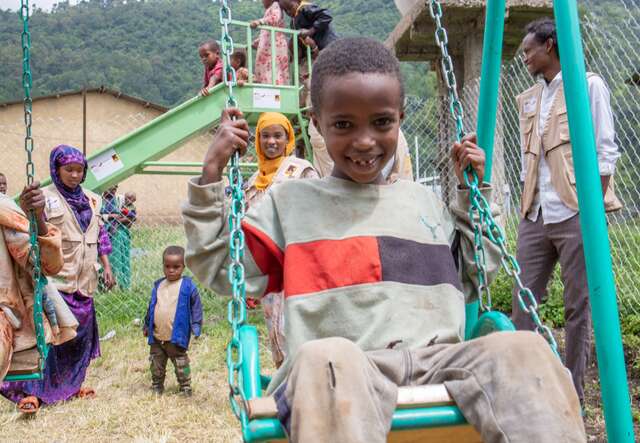
In 2023, the number of forcibly displaced people worldwide exceeded 110 million for the first time since records began. Although the US and Europe have provided support to Ukrainians displaced by war, they have not done enough to assist individuals escaping from other crises.
There are 51 displaced people per 1,000 in Watchlist countries and their neighbors, more than double the 23 per 1,000 in the U.S. and Europe.
The numbers are revealing: the US and Europe host 99% of displaced Ukrainians but only 8% of all non-Ukrainian refugees and displaced people worldwide. Instead, 79% of non-Ukrainian refugees and displaced people globally are living in Watchlist countries and their neighbors, which are mostly less-developed countries.
The IRC has offices in the US, UK, and European Union that support newly arrived refugees throughout their integration process.
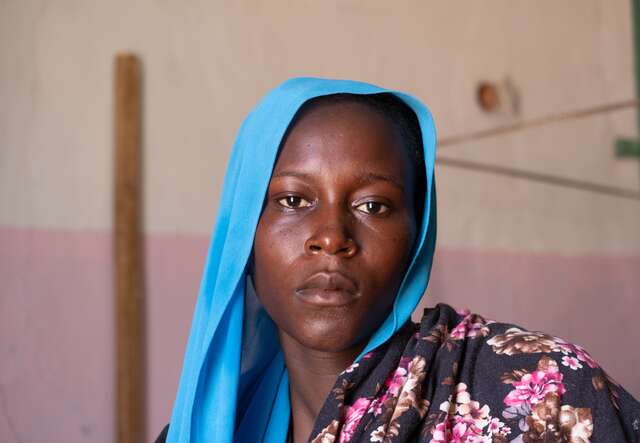
Some policymakers believe that cutting emissions is so expensive that there is no room to simultaneously invest in the climate adaptation of Watchlist countries. In reality, for millions of people, particularly in Watchlist countries, the harmful impacts of the climate crisis are already here. For communities in this position, immediate relief and adaptation are a more urgent priority than whether certain climate goals are achieved in the future.
Floods, droughts and cyclones are already impacting vulnerable communities. The IRC works locally and nationally to help communities adapt to extreme weather. We promote climate-smart adaptation, community natural resource management, disaster risk reduction, agricultural solutions and early warning systems.
Currently, inadequate resources are being invested in supporting countries like those on the Emergency Watchlist to adapt to climate change.
Even if the world successfully curbs global warming to 1.5°C and achieves net zero emissions, people living in Watchlist countries will still have to deal with the current climate crisis, especially flooding and droughts. Urgent investments in climate adaptation are needed to save lives.
The IRC is working hard in the countries most vulnerable to climate change. Our teams focus on climate adaptation, climate resilience and crisis response. The IRC responds to local crises while strengthening community resilience and capacity to adapt to a changing climate.
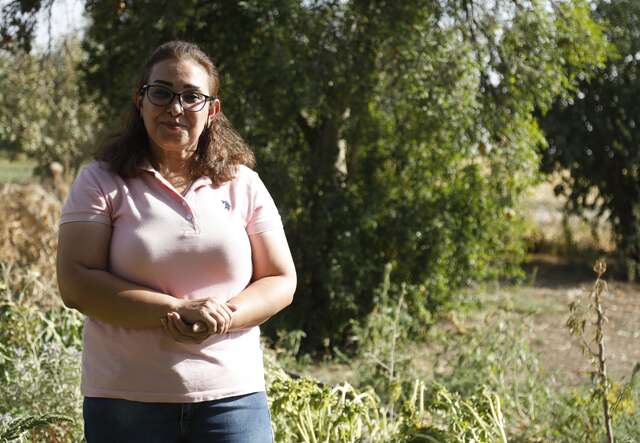
Each crisis affects women and girls differently. There were 149.8 million more hungry women than men in 2021. Meanwhile, the United Nations estimates that 80% of people displaced by climate change are women and girls.
Despite the clear need for programming responsive to the specific challenges facing women and girls, international leaders and donors have deprioritized this sector. Although 20-30% of women in conflict-affected settings experience gender-based violence (GBV), just 13% of global GBV programming plans are funded — making it the least funded coordinated humanitarian response plan.
Too often, patriarchal gender norms prevent women and girls from accessing the services they need to survive. The pervasiveness of gender inequality makes it necessary to incorporate a feminist approach to humanitarian or development interventions.
The IRC places the needs of women and girls at the top of its list in all of its programs. We strive to support the strength and self-respect of women and girls who have been exposed to violence in emergency situations by providing crucial healthcare services, GBV case management, and psychosocial support to survivors. This includes offering safe spaces and outreach teams.
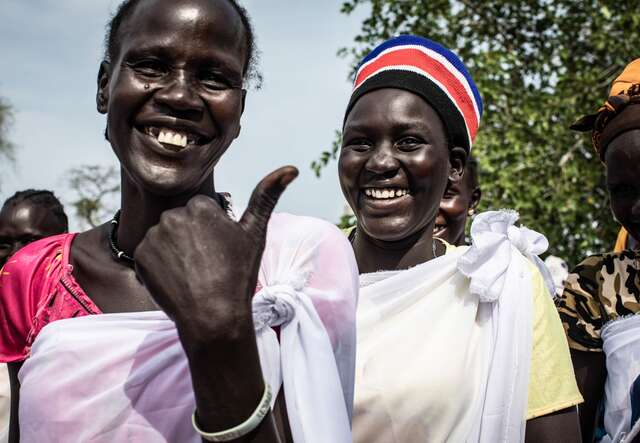
The IRC is on the ground in more than 50 countries around the world, delivering support to people whose lives and livelihoods are shattered by conflict and disaster to survive, recover and gain control over their future.
Donate today to support the IRC.
Learn more about the IRC's 2024 Emergency Watchlist.
*Pseudonym used for privacy